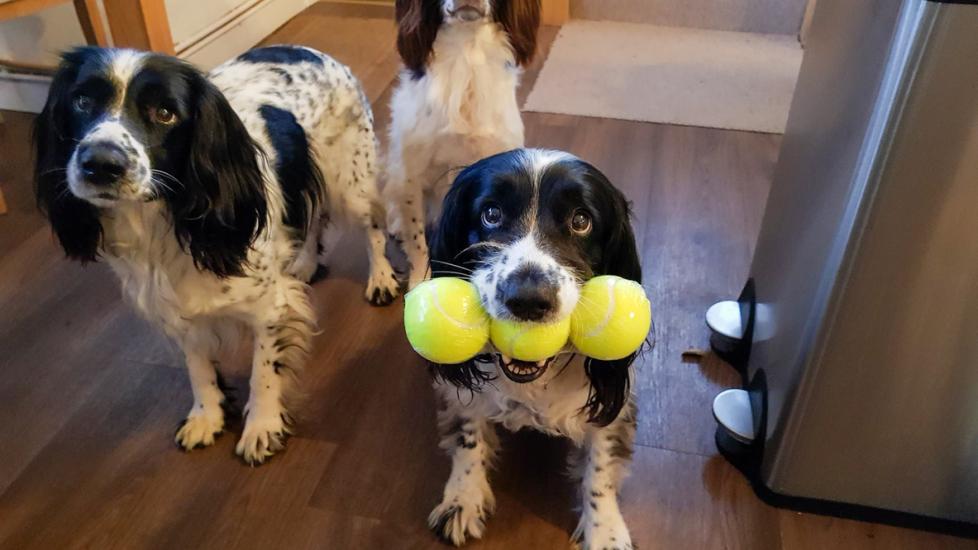Dogs, with their endearing loyalty and affectionate natures, are often considered man’s best friend. However, beneath those cuddly exteriors lies a complex emotional world that can sometimes surprise us – including the potential for jealousy. Just like humans, dogs have feelings that can be influenced by social dynamics, especially within the context of our relationships with them. But do these furry companions really experience envy when we give attention to other pets or objects? Let’s delve into this intriguing aspect of canine psychology.
The Canine Mind: Understanding Emotions
To unravel the question of whether dogs get jealous, it is crucial to understand how they perceive and process emotions. Dogs are social animals, and their ability to form bonds with humans is one of the reasons behind their popularity as household pets. They rely heavily on non-verbal cues such as body language, tone of voice, and even pheromones to interpret their environment. This reliance suggests an acute sensitivity to changes in human behavior that could potentially trigger jealousy if interpreted negatively.
The Evolutionary Perspective
From an evolutionary standpoint, jealousy may serve a purpose in maintaining social hierarchies among species. In pack dynamics, dominant individuals often receive preferential treatment from others, which reinforces their status within the group. Dogs descended from wolves, so it’s not unreasonable to think that some vestiges of these behaviors might persist in domesticated breeds today. When faced with competition for resources (like love and attention), a dog might exhibit signs of discomfort or aggression out of instinctual self-preservation.
Behavioral Evidence
Several studies have attempted to shed light on this phenomenon. One research paper published in Psychological Science revealed that dogs did indeed show signs of jealousy when their owners interacted with toys or stuffed animals that seemed to “steal” their owner’s affections. The study found that dogs would attempt to interrupt the interaction, push aside the rival object, and even try to position themselves between the owner and the perceived threat. These findings suggest that dogs possess at least some level of understanding about what constitutes a relationship threat.
Training Implications
If you suspect your pooch has been feeling green around the gills lately, there are steps you can take to address any underlying issues related to jealousy. Positive reinforcement techniques work wonders in encouraging good behavior while discouraging unwanted actions. For example, rewarding calmness during interactions with new pets or items will reinforce patience rather than reactivity. Consistency is key; make sure all family members handle similar situations similarly to avoid confusing your pet further. Additionally, providing plenty of individual time with each person in the house can help create an atmosphere where every animal feels secure and valued.
Conclusion
In conclusion, it seems clear that dogs do feel jealousy under certain circumstances. Their capacity for emotion extends beyond simple instincts; they appear capable of interpreting human gestures and actions with nuanced awareness. As responsible pet parents, recognizing these feelings allows us to provide better care by ensuring each member of our four-legged family receives the love and attention they deserve. By fostering positive environments rich in trust and mutual respect, we strengthen the bond between ourselves and our beloved canine companions – jealousy aside!
